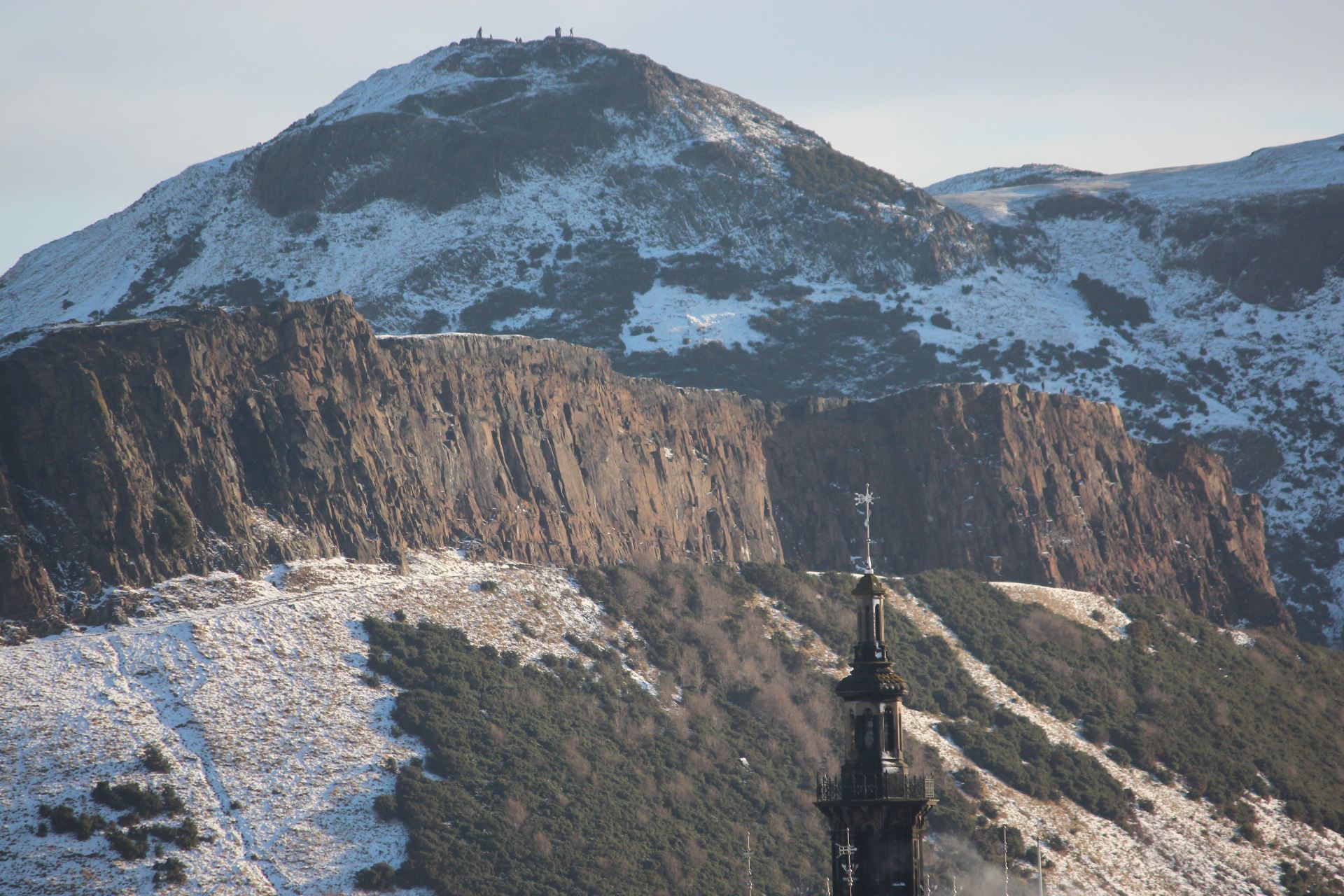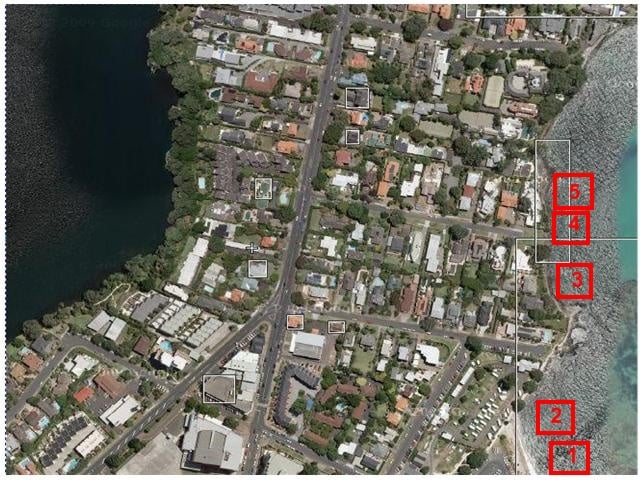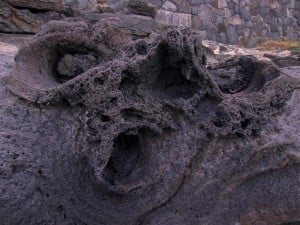Maori Bay, pillow lavas and the gannet colony
Maori Bay, pillow lavas and the gannet colony
17 million years agoTwo giant tubes carried the lava under the sea and they can be seen in the cliffs as large fan shaped structures. They split open under pressure and lava squeezed out like toothpaste from a tube to form pillow lavas……
Maori Bay
When you stand on the sands at Maori Bay on Auckland’s ruggedly beautiful west coast you can’t help noticing the striking features on the cliffs behind you. Two large feeder tubes carrying huge volumes of andesitic basaltic lava spilled across the ocean floor about 17 million years ago. In time the flowing lava cooled and solidified. Two large large fan shaped structures in the cliffs above the beach remain as evidence of this event. They are thought to be the main feeder tubes that carried the lava under the sea. The radiating columns developed as the lava cooled and contracted
The large feeder tubes split open and lava at about 1000 degrees celsius spilled into the ocean where it cooled rapidly leaving a glassy layer on the surface. This shows up as a light coloured ring around the “pillows”.
Further round the coast in Collins Bay the pillow lavas are overlain by conglomerate.The cobbles and boulders in the fallen block of conglomerate at the southern end of Collins bay would have come from a similar ancient beach.This material would likely have been transported to its present site by a series of landslides. The walls of a large submarine canyon the debris flowed through can be seen in the cliffs a short distance away.
17 million years ago……..
Two giant tubes carried the lava under the sea and they can be seen in the cliffs as large fan shaped structures. They split open under pressure and lava squeezed out like toothpaste from a tube to form pillow lavas……


